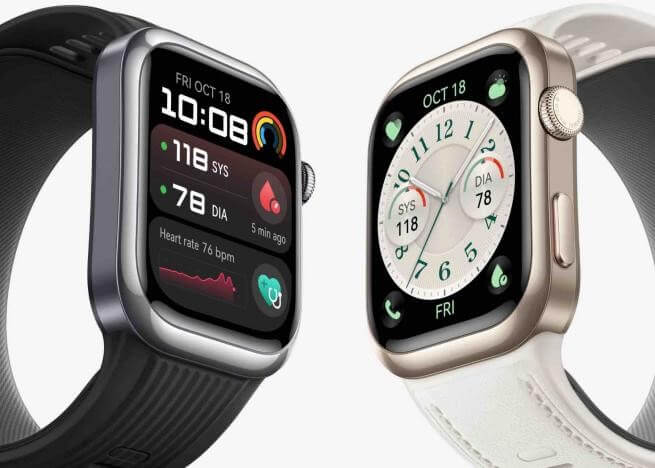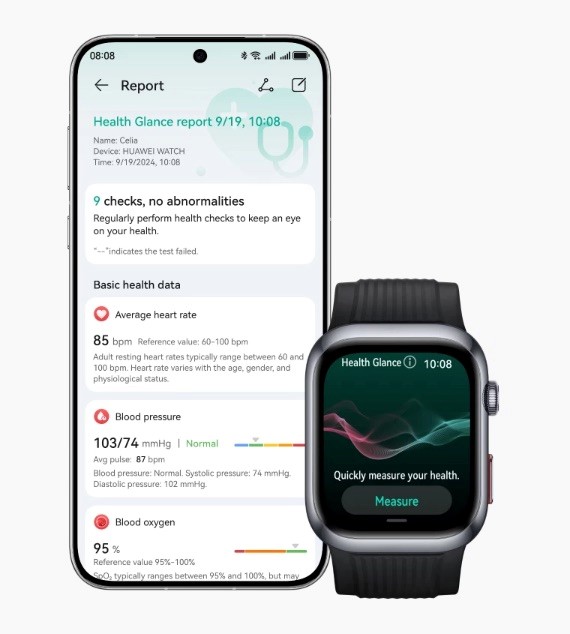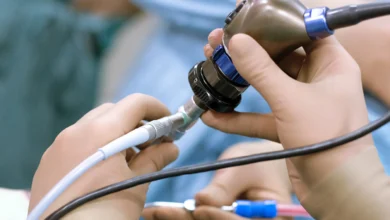What Is the Future of Smartwatches in Preventive Health Care?

Smartwatches are redefining the landscape of preventive health care. These devices, once seen primarily as fitness trackers or notifications hubs, have evolved into powerful health management tools. Equipped with advanced sensors and intelligent algorithms, modern smartwatches enable continuous monitoring of vital signs, empowering users to stay ahead of potential health risks. In a world where lifestyle-related illnesses are on the rise, preventive care is more crucial than ever. How can smartwatches contribute to better health outcomes? By leveraging real-time tracking, AI insights, and personalized recommendations, they bridge the gap between patients and proactive health management. The result is a smarter, more connected approach to staying healthy.
Advanced Health Monitoring for Early Detection
Continuous Tracking of Vital Signs
Continuous monitoring of vital signs is one of the most revolutionary features of modern smartwatches. These devices now go beyond tracking steps and calories to monitor heart rate, SpO2 levels, and even skin temperature. This real-time data empowers users to detect subtle changes in their health before they escalate into significant issues. For instance, a smartwatch can alert users to an irregular heartbeat or fluctuating oxygen levels—conditions that might otherwise go unnoticed until symptoms become severe. Such capabilities have made these devices indispensable for those managing chronic conditions or aiming to enhance their overall wellness proactively.
Identifying Irregularities Before Symptoms Appear
The ability to identify irregularities before symptoms manifest is another critical benefit of advanced health monitoring. A smartwatch, through its high-precision sensors, can spot trends in data such as elevated heart rates during rest or a drop in oxygen levels during sleep. This information can serve as an early warning system for conditions like atrial fibrillation, sleep apnea, or other underlying health risks. By providing actionable insights, these devices ensure users can take preventive steps—such as consulting a healthcare provider or researching how to reduce blood pressure quickly. Early intervention can significantly enhance the effectiveness of treatments and overall health outcomes.

AI and Predictive Analytics in Preventive Care
Personalized Health Recommendations
Artificial intelligence has brought personalized health recommendations to the forefront of smartwatch technology. By analyzing patterns in user data, AI algorithms generate tailored advice to optimize health. This includes dietary suggestions, exercise routines, and sleep recommendations based on individual habits and goals. Imagine receiving a prompt to take a short walk after an extended period of inactivity or being reminded to hydrate after your smartwatch detects higher-than-normal skin temperatures. Such features not only improve compliance but also make the journey to better health more engaging and user-friendly.
Predicting Potential Health Risks with AI
AI-driven predictive analytics take preventive care to new heights. By examining trends in long-term data, smartwatches can predict potential health risks with remarkable accuracy. For instance, recurring spikes in blood pressure or irregular heart rhythms may indicate the early stages of cardiovascular disease. This is where devices like the Huawei Watch D2 excel, offering robust features for health monitoring, including dynamic blood pressure tracking. The ability to measure blood pressure at any time—whether at work, during a movie, or while sleeping—makes it easier to manage this critical health metric. Weekly reports and insights help users understand their trends and take immediate action, such as learning how to reduce blood pressure quickly through lifestyle changes.
Empowering Users with Health Management Tools
Setting and Tracking Health Goals
Smartwatches empower users by enabling them to set, track, and achieve health goals. Whether the objective is weight loss, improved fitness, or better sleep, these devices act as personalized coaches. Advanced metrics, such as VO2 max for aerobic fitness and heart rate variability for stress levels, provide a comprehensive understanding of progress. Gamification elements, such as streaks or achievement badges, further motivate users to maintain healthy habits. The daily visibility of goals on their wrist ensures constant engagement, fostering a proactive approach to health.
Encouraging Healthy Habits Through Reminders
Timely reminders are a hallmark of smartwatch functionality, helping users incorporate healthy habits into their routines. Notifications to stand, drink water, or take deep breaths during stressful moments make wellness a priority without disrupting daily life. These gentle nudges are particularly effective in combating sedentary lifestyles or managing stress. Over time, such reminders contribute to lasting behavioral changes, improving both mental and physical health outcomes.
Smartwatches as Partners in Remote Health Monitoring
Sharing Data with Healthcare Providers
Smartwatches are integral to remote health monitoring by seamlessly sharing data with healthcare providers. Users can sync their devices with apps that generate comprehensive health reports, allowing physicians to track metrics like blood pressure, heart rate, and activity levels in real-time. For example, the Huawei Watch D2 excels in this area by pairing with the Huawei Health app, offering compatibility across Android and iOS platforms. Its ability to measure blood pressure dynamically and share weekly health reports ensures users and doctors can make informed decisions quickly. This connected approach enhances care quality, especially for managing chronic conditions.
Supporting Telemedicine and Virtual Consultations
The rise of telemedicine has highlighted the importance of wearable devices in virtual consultations. Smartwatches act as data collection hubs, providing accurate and up-to-date health information to doctors during remote appointments. Features like ECG monitoring and real-time heart rate tracking, available in advanced models, support diagnostic accuracy. By offering insights into the user’s health trends, these devices ensure that even virtual consultations are effective. This capability is especially valuable for patients in rural or underserved areas, making healthcare more accessible.
Conclusion
Smartwatches are no longer mere accessories—they are vital tools in the shift toward preventive health care. By integrating advanced health monitoring, AI-driven insights, and connectivity with healthcare providers, these devices empower users to take charge of their well-being like never before. As technology continues to evolve, the role of smartwatches will only expand, offering even more sophisticated tools for early detection, personalized recommendations, and remote care. Whether you’re seeking to understand how to reduce blood pressure quickly or aiming for a more proactive approach to health, smartwatches provide the means to achieve these goals with ease. This revolution in health care underscores one thing: the future of preventive health lies at the intersection of technology and user empowerment.





